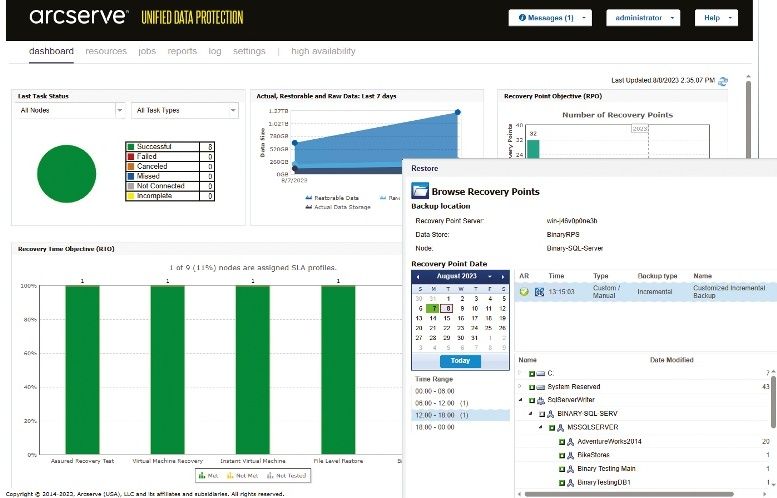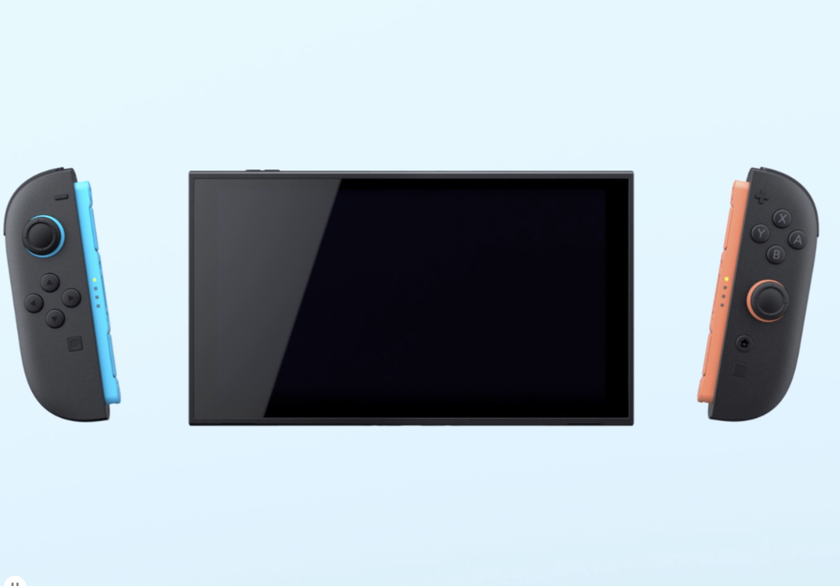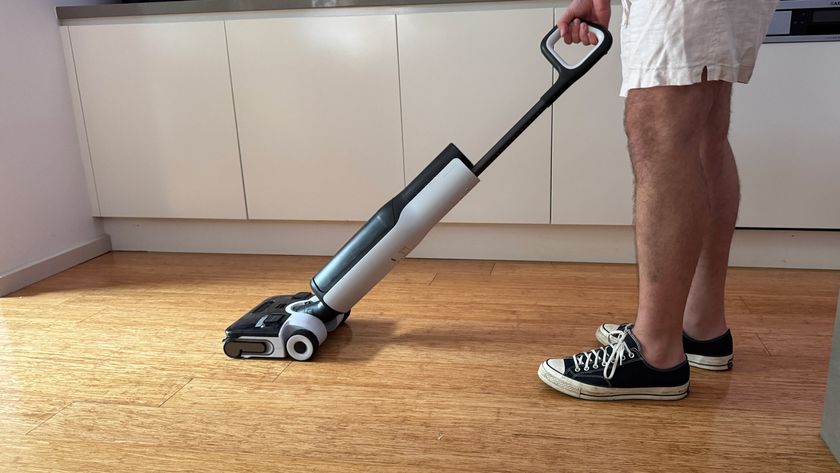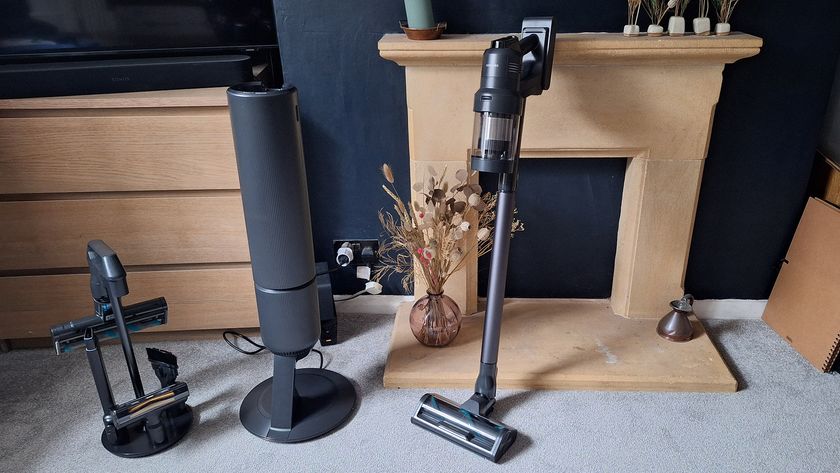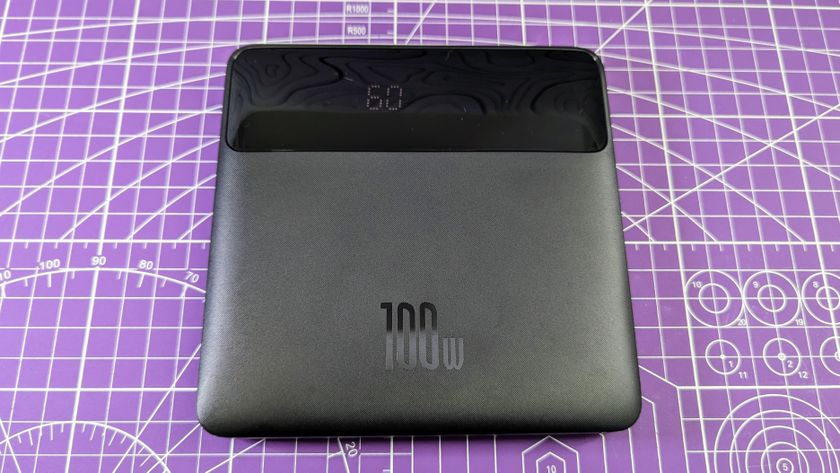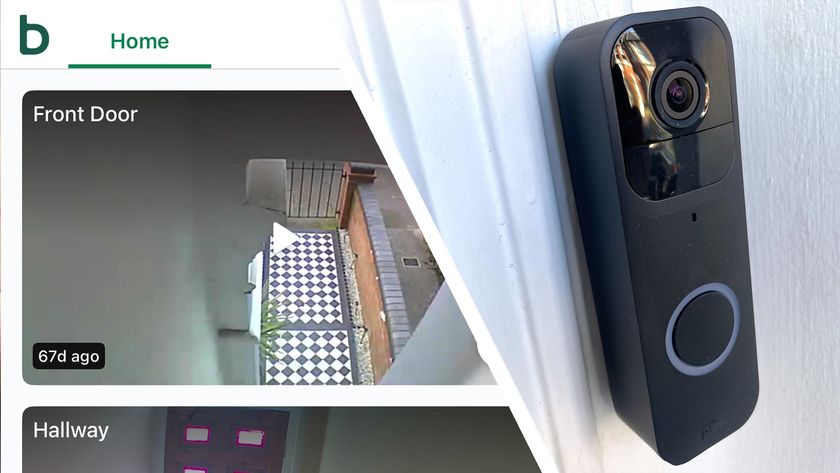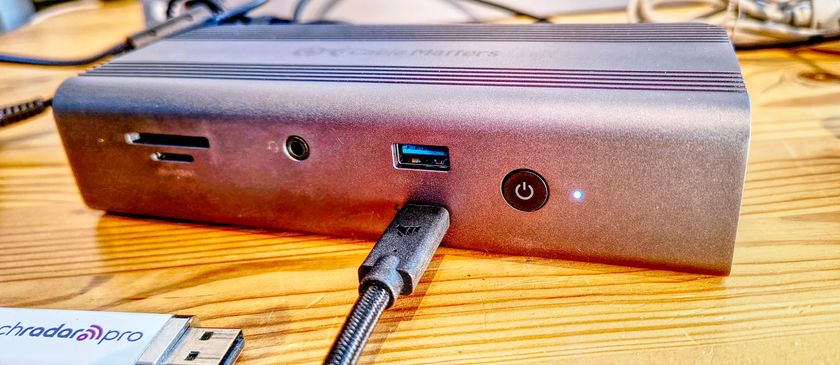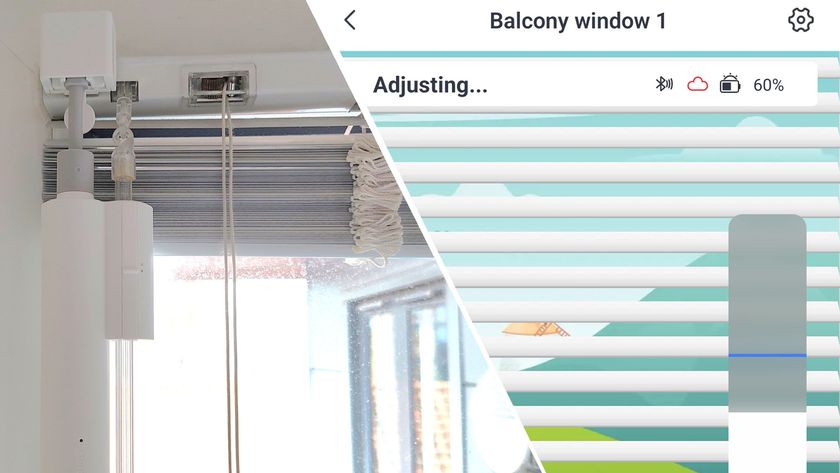Why you can trust TechRadar
This review first appeared in issue 350 of PC Pro.
Arcserve UDP (unified data protection) provides a one-stop shop for backup and recovery of all your physical and virtual systems. Available as a turnkey appliance or software only, UDP 9.1 introduces a choice of private on-premises or cloud management.
There’s a range of licensing plans; the price we’ve shown is for an on-premises UDP 9.1 single socket premium license. Socket licenses are only applied to the systems being protected, have no restrictions on the amount of back-end storage and support unlimited virtual machines.
Ransomware protection for the UDP host comes into play as the price includes the Sophos Intercept X Advanced for Servers endpoint protection software. Arcserve supplies it with a personal Sophos Central account so you can manage the software in the cloud.
We chose the on-premises UDP version and installed it on a Dell PowerEdge R760xs Xeon Scalable server running Windows Server 2022. Initial deployment is deftly handled by a wizard that helped create protection plans, add nodes, define a backup destination and schedule jobs.
The recovery point server (RPS) is a smart feature. It defines where data is backed up to, and you can use the local host along with other networked Windows Server systems. It provides AES-256 encryption, deduplication and replication services, and each RPS performs global deduplication using dedicated data block locations, hash databases and indexes.
When physical nodes are declared to UDP, an agent is pushed to them. To define our VMs for agentless backup, we used the import function to add the VMs to be protected. UDP also supports CIFS/NFS shares, and we had no problems bringing a Synology NAS appliance under its protection.
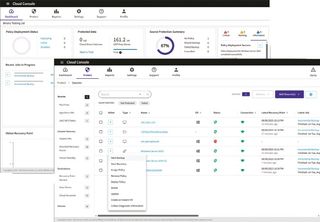
Microsoft 365 (MS365) support is enabled when a UDP license has been applied but the authorization process is tediously complex. You may want to consider Arcserve’s separate SaaS cloud product for protecting MS365 accounts as this is far easier to use.
Protection plans are very flexible and contain selected nodes, an RPS, the required number of recovery points and a schedule that can be run as often as every 15 minutes. A smart feature is the option to add extra tasks to a plan; these include replication to a remote RPS and assured recovery, which loads a temporary VM on a virtualization host, confirms it works and then deletes it.
Another valuable task is virtual standby, which creates backup VMware or Hyper-V VMs of selected nodes. It uses a heartbeat service measured in seconds to monitor the primary node and, if it fails to respond, the standby VM is automatically started using the latest recovery point.
For file and folder recovery, we loaded the UDP agent’s console for the selected node, chose a recovery point, picked files and folders and restored them back to the node or another location. An agent installed on our SQL Server system automatically added its databases as backup sources and we had no problems restoring these back to the host.
We tried out cloud management by installing the gateway component on a separate Windows host and using the migration tool to move everything to our cloud console account. This only took ten minutes, and we could then use the portal to manage our on-premises UDP installation along with all backup and restore tasks.
MS365 support is cumbersome, but UDP 9.1 delivers a wealth of data protection services for a wide range of environments. Recovery features are outstanding, the free Sophos endpoint agent adds essential ransomware protection and you can choose from on-premises or cloud management.
Probably the most respected tester of IT equipment in the UK, if you’ve bought a piece of kit for the office - whether printer, server or rack appliance - then you’ve probably read Dave’s verdict at some point along the way.
What is a hands on review?
Hands on reviews' are a journalist's first impressions of a piece of kit based on spending some time with it. It may be just a few moments, or a few hours. The important thing is we have been able to play with it ourselves and can give you some sense of what it's like to use, even if it's only an embryonic view. For more information, see TechRadar's Reviews Guarantee.
You must confirm your public display name before commenting
Please logout and then login again, you will then be prompted to enter your display name.
